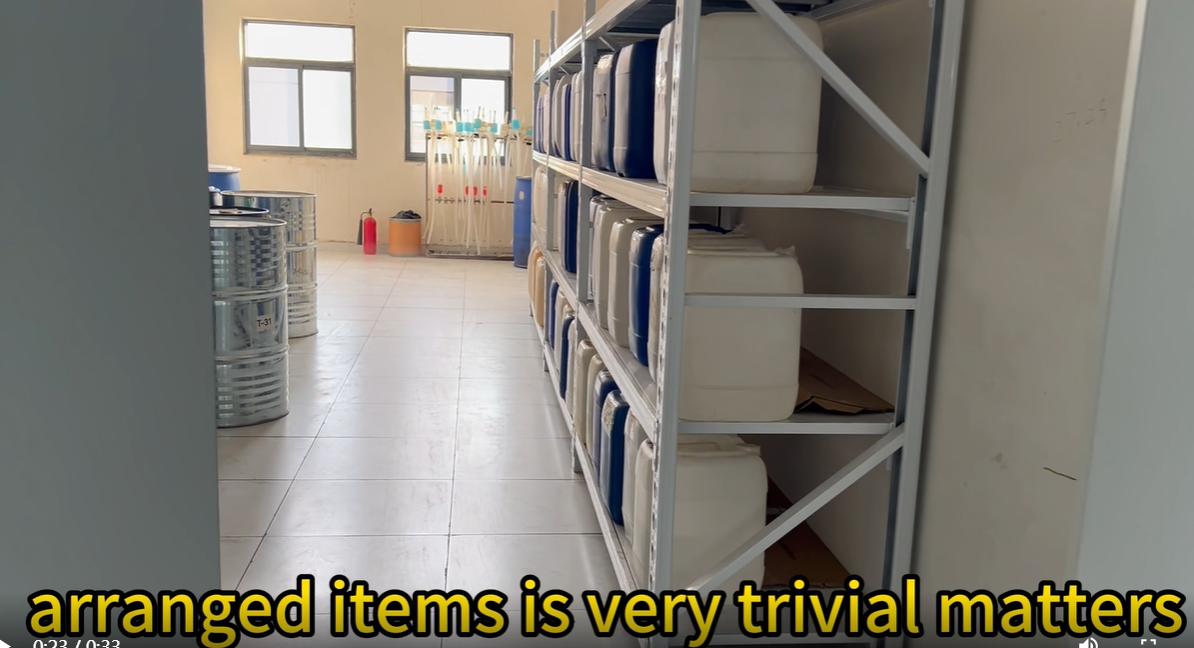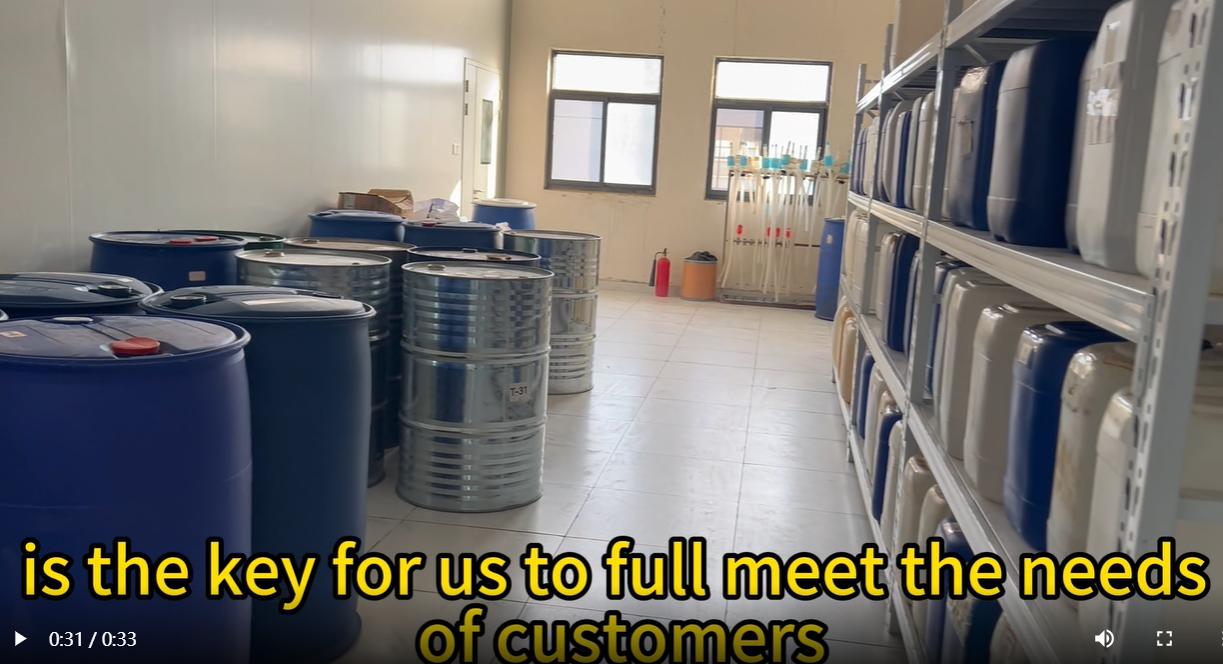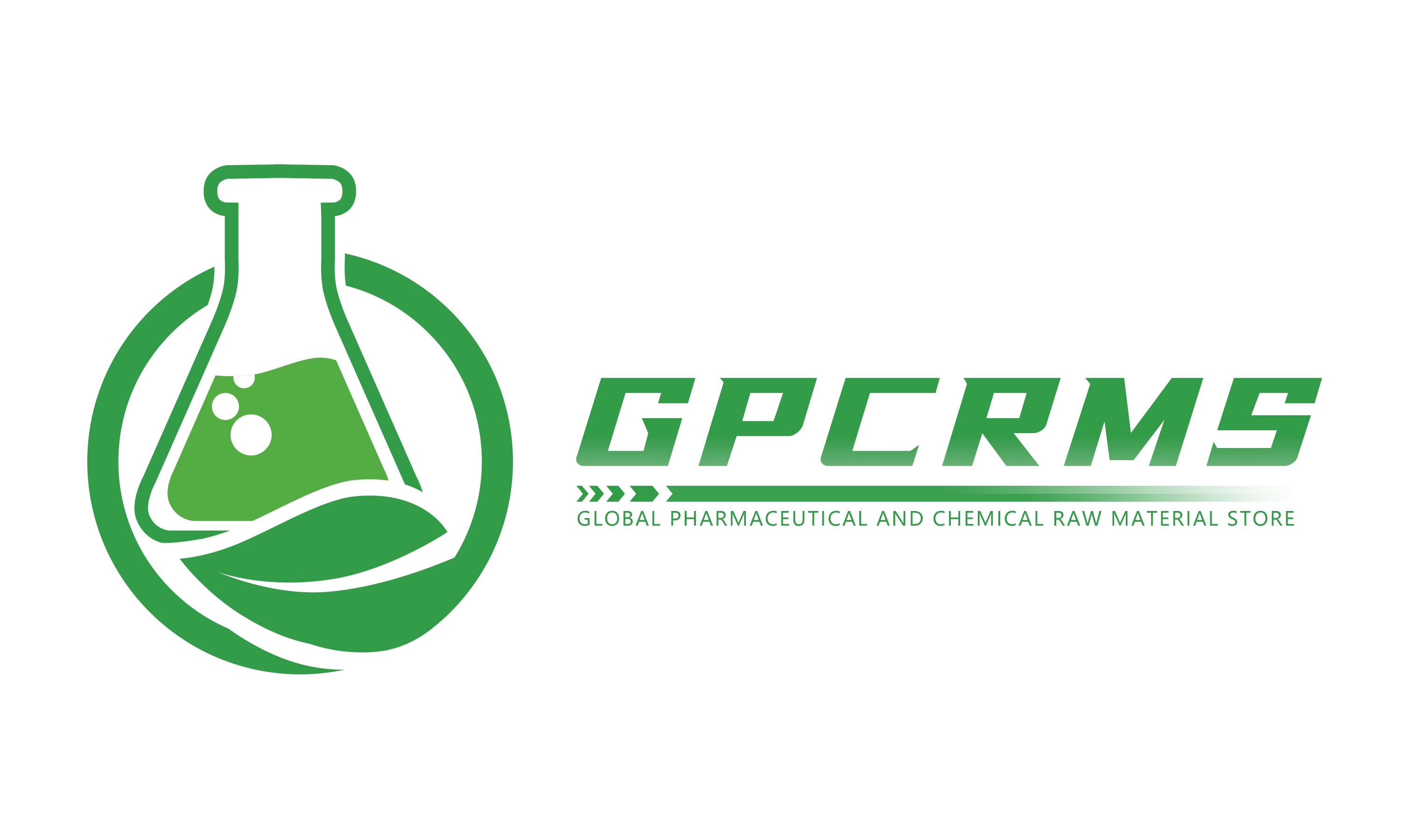Lab containers clean and place
In the daily management of a laboratory, the cleaning and placement of glassware and various containers may seem like a trivial task, but in reality, it plays a vital role in ensuring experimental efficiency and safety. A clean and well-organized lab environment not only improves operational convenience but also reflects the professionalism and work ethic of the staff. Today, let’s talk about the processes and importance of cleaning and storing lab containers.

At the end of each workday, all containers used during experiments must be thoroughly cleaned. Whether it's test tubes, beakers, Erlenmeyer flasks, pipettes, or measuring cylinders, each must be treated appropriately based on the nature of the residues. Some may only require rinsing with deionized water, while others need neutral detergent, or even acid/base neutralization or organic solvents in more complex cases. After washing, the containers should be placed upside down on designated racks to air dry, ensuring no water spots or contaminants remain that could affect future experiments.

Once dried, the containers must be sorted and stored. All items should be grouped by type, size, and function, then neatly arranged in the laboratory storage area or designated cabinets. The main advantage of this system is twofold: first, it allows for quick and easy access the next day, saving time and reducing stress; second, it makes it easier to identify missing or damaged equipment in time, so that replacements can be arranged without delay. Any broken or cracked glassware must be discarded immediately—continuing to use damaged items can result in leaks, chemical waste, or even personal injury.

In addition to glassware, laboratory storage areas also contain various solvents, reagents, and auxiliary materials. All solvents should be organized according to their properties and frequency of use. Frequently used solvents should be placed in accessible locations, while flammable or hazardous materials must be stored separately with clear labeling and in accordance with safety protocols. Strict categorization and adherence to storage guidelines not only reduce safety risks but also simplify future inventory checks and material management.
Some might think that such organizational tasks are insignificant chores. However, it is this commitment to detail that truly reflects a team’s dedication and sense of responsibility. Taking each step seriously, no matter how small, is a fundamental way we demonstrate our professionalism and our commitment to quality and customer satisfaction. Only by mastering the basics can we lay a solid foundation for efficient experiments and reliable results.
In conclusion, the cleaning and placement of laboratory containers are more than just a matter of cleanliness—they represent discipline, safety, and a mindset of accountability. A meticulous and orderly approach to these tasks is a key part of scientific success. We firmly believe that doing small things well leads to big achievements.
